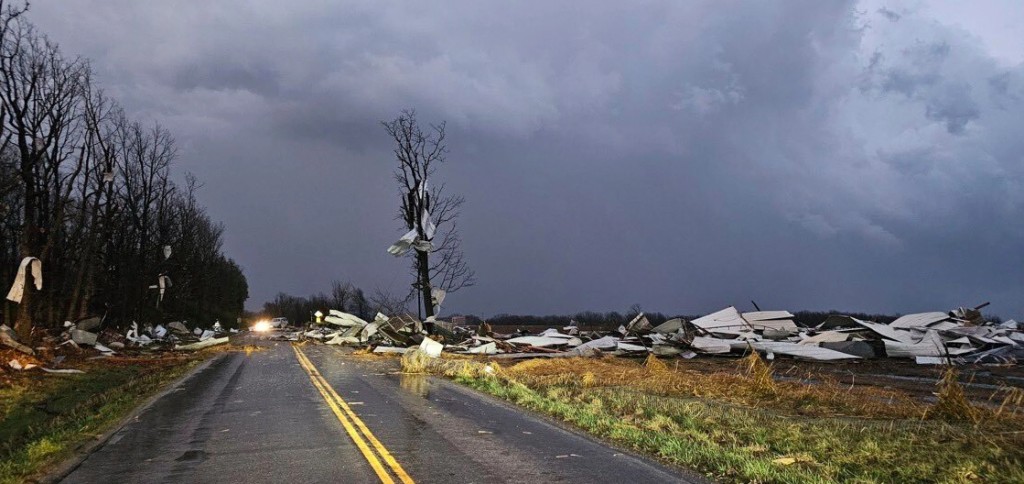I. The Fury of the Storms
The U.S. Midwest has been hit by a rare combination of extreme heat, heavy rain, and flooding. Nebraska, South Dakota, Iowa, and Minnesota have been the most severely affected areas. In this disaster, some regions have seen rainfall amounts as high as 460 millimeters, with river levels breaking historical records.
II. Casualties and Infrastructure Damage
The storms have resulted in at least 7 deaths, destroyed hundreds of homes, and severely impacted many families and businesses. In Sioux City, Iowa, the Big Sioux River overflowed its banks, and fire officials estimated that hundreds of homes might be destroyed. In addition, the storms have caused significant damage to local infrastructure. As of the morning of June 25, over 150,000 customers in Michigan were left without power.
III. Social and Economic Impact
The power outages caused by the storms have affected the lives and work of hundreds of thousands of people. In Michigan, just a week earlier, storms had also caused power outages for thousands of households in the Detroit suburbs. These large-scale power outages have not only caused inconvenience to residents’ daily lives but also had a significant impact on local economic activities. Many businesses were unable to operate normally due to the power outages, leading to forced interruptions in commercial activities and incalculable economic losses.
IV. Response and Reflection
In the face of this sudden natural disaster, the U.S. government and relevant departments have quickly taken a series of response measures. On June 24, President Joe Biden declared a major disaster in Iowa, which will help mobilize more resources for rescue and recovery efforts. However, this storm has also exposed some issues in the U.S. response to extreme weather events. Despite early warnings from meteorological departments, the extent of the disaster in some areas still exceeded expectations. This indicates that we need to further enhance the accuracy and timeliness of meteorological warning systems, improve public awareness of disaster prevention and emergency response capabilities. At the same time, it is also necessary to increase investment in infrastructure construction to enhance its disaster resistance.
In summary, the storm has brought great disaster to the U.S. Midwest, but it has also provided valuable experience and lessons for the U.S. in dealing with natural disasters. In the future, the U.S. needs to make more efforts in disaster prevention and mitigation, infrastructure construction, and other aspects to better cope with similar extreme weather events.

